About Moong Dal Halwa
The Moong Dal Halwa recipe might be a calorie laden one. But you really can’t say no to something that is so delicious, almost addictive I would say. You’ll know this once you take a bite of it. The heart will desire more and more of it. The quantity of ghee that goes in an authentic recipe of Moong Dal Halwa will also give you some stress. But don’t worry about it, as that is what makes this dish the apt choice to help you deal with the nail biting, cold winters of North India. The tastiest sweet way to bring in some warmth during that time of the year! Apart from being an essential preparation to combat the cold months, the Moong Dal Halwa recipe is also a must on the list of recipes kept for special occasions like weddings or festive celebrations like Holi and Diwali. I feel it’s quite good to have this rich preparation on the ‘festival of colors,’ as all the running and playing with colors will help burn those excessive calories too!
More On The Recipe
I knew that this is especially one of those halwa which is quite time intensive and takes a good amount of patience and energy as well. Hence, I’d been avoiding it. But I couldn’t give into that for a long time as I had to try it as well. Obviously, the entire process took a lot of time and work of the hands as I had to stir, stir, stir and stir till the Moong Dal Halwa took the final texture and consistency. One more thing that I would suggest is using a non-stick pan or a well seasoned frying pan or kadai to cook this Moong Dal Halwa recipe. Unless you want to tire yourself completely and break your back, it is better to use a non-stick kadai or a well seasoned kadai/frying pan over any unseasoned one. This makes it smooth to stir the halwa mixture as it doesn’t stick to the non-stick cooking utensil. The stirring of the Moong Dal Halwa needs to be done on a medium-low to medium heat so that the rawness of the moong lentils completely go away. While reaching to this stage, the halwa also turns pasty in the beginning. Next, starts to form lumps. Then, breaks down and gets separated as the fat releases from the sides. You must keep stirring and cooking it all the while. Moong Dal Halwa is really a delicious dessert, but definitely takes a lot of efforts. So, decide on a day when you’re low on other work or have enough time and energy, and then go ahead with the making of this yummy sweet dish.
How to make Moong Dal Halwa
Make Moong Dal Paste
- Soak 1 cup moong dal (spilt and husked yellow moong lentils) in enough water overnight or for 4 to 5 hours. I soaked the lentils overnight.
- Drain and grind the moong dal to a smooth paste with very little water. Make a thick batter like consistency and do not make it runny or watery.
Make Moong Dal Halwa
- Melt 9 to 10 tablespoons ghee (clarified butter) in a well-seasoned wok or kadai or a non-stick kadai or frying pan.
- Add the ground moong dal paste.
- Stir to mix well. When stirring and mixing the mixture in the kadai, it started sticking so much to the iron kadai. So, I shifted the mixture to a non-stick kadai. It was very easy to stir the halwa then.
- Keep stirring the moong dal mixture on medium-low to medium heat. The raw aroma of the moong lentils should go away completely before you go on to the next step. So, till then you have to stir and cook it. First the mixture is pasty. Next, it becomes lumpy. Then, it breaks down and separates with the fat releasing from the sides and looks granular. In the picture below, the mixture is at a stage where it resembles a sooji halwa, but still with the raw aroma of the moong lentils.
- While the mixture is cooking, in another pan or kadai, take 1 cup full fat whole milk, 2 cups water and 1 or 1.25 cups sugar. Keep this pan on the stovetop and stir so that the sugar dissolves. Heat this mixture till it comes to a boil.
- The moong dal mixture should separate and look golden as shown in the picture below. It will have a granular consistency. The aroma and color will change. The fat will separate.
- This is the boiling milk mixture. This is added to the well roasted moong lentils mixture.
- Pour the boiling milk mixture to the roasted moong lentils. The mixture bubbles and sizzles, so be careful while adding the hot milk mixture.
- Stir and mix very well.
- Simmer and cook, stirring often.
- The liquid should get absorbed and once again you will see the ghee getting separated. This means the halwa is finally done. Add ¼ to ⅓ teaspoon green cardamom powder, 10 to 12 chopped unsalted pistachios and 1 tablespoon golden raisins and mix before serving. It took me a total of about 1 hour to make this halwa on the stovetop. You can add your choice of nuts or dry fruits. Some options are cashews, almonds or pine nuts.
- Serve Moong Dal Halwa hot.
High On Halwa
The term ‘halwa’ comes from ‘hulw,’ an Arabic word meaning ‘sweet.’ Thus, it is believed that halwa originated in Arabia/Middle East and reached India through Persia. Traditionally, a Middle Eastern halwa recipe would have only date paste and milk. However, there’s a plethora of Indian halwa variants in the modern times that are made using different ingredients. These are eventually cooked in milk/milk solids (khoya), ghee and sugar. Whether made with fruits, vegetables, vermicelli, lentils or grains, the mouth-watering Indian halwa is absolutely a must for all dessert lovers. Halwa is a scrumptious dessert reserved for celebratory occasions too. Though simple to make, it takes some time to cook. Some very popular halwa varieties in the Indian subcontinent are this Moong Dal Halwa, Gajar Ka Halwa and Suji Ka Halwa. Unique ones from the list include Karachi Halwa, Besan Halwa, Apple Halwa, Kashi Halwa and more.
Expert Tips
Please be sure to rate the recipe in the recipe card or leave a comment below if you have made it. For more vegetarian inspirations, Sign Up for my emails or follow me on Instagram, Youtube, Facebook, Pinterest or Twitter. Wheat Halwa | Atta Halwa Kesari Recipe | Rava Kesari Badam Halwa Recipe | Rich South Indian Almond Halwa Beetroot Halwa This Moong Dal Halwa recipe post from the archives, first published on March 2014 has been republished and updated on November 2022.
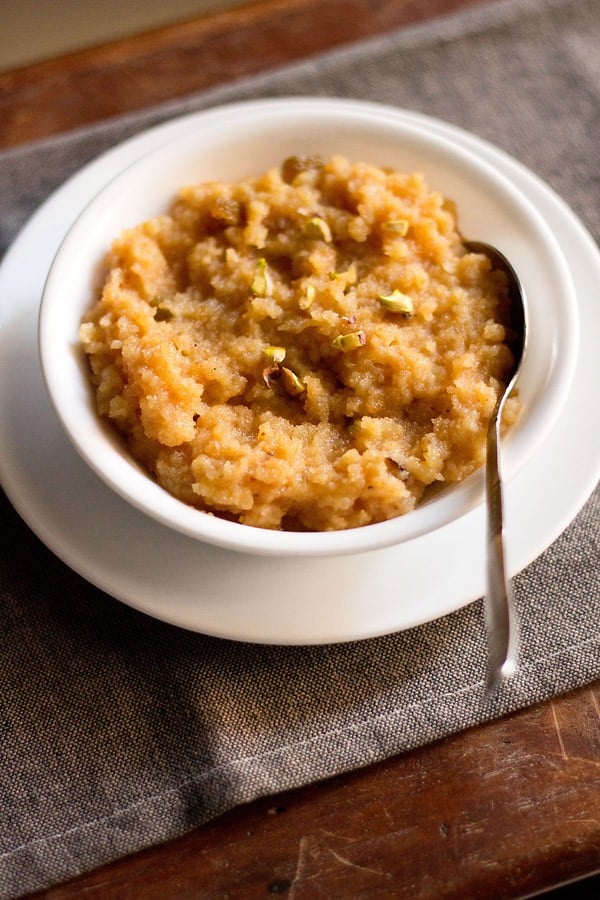

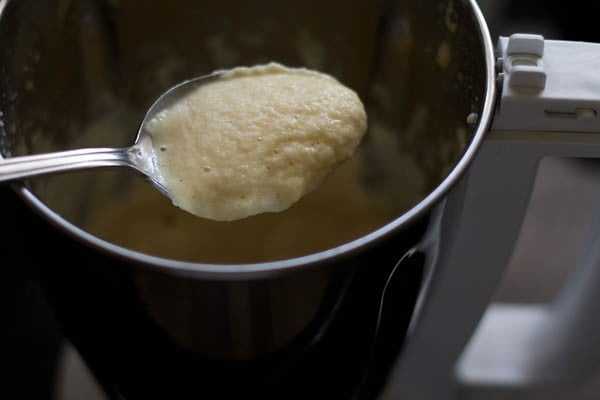
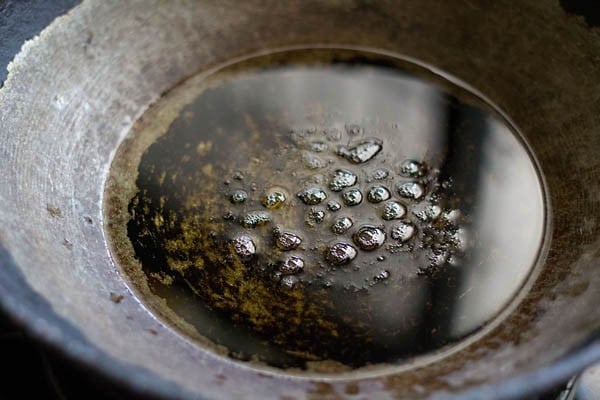
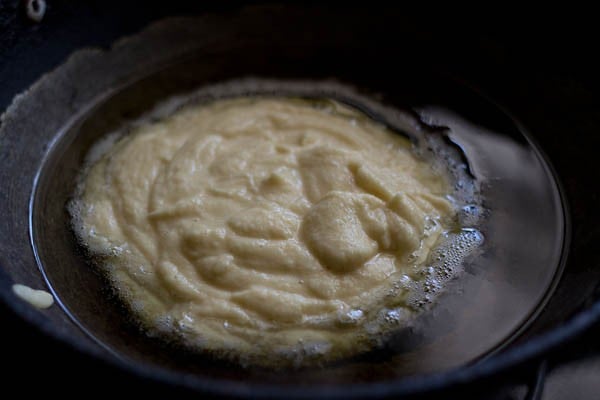
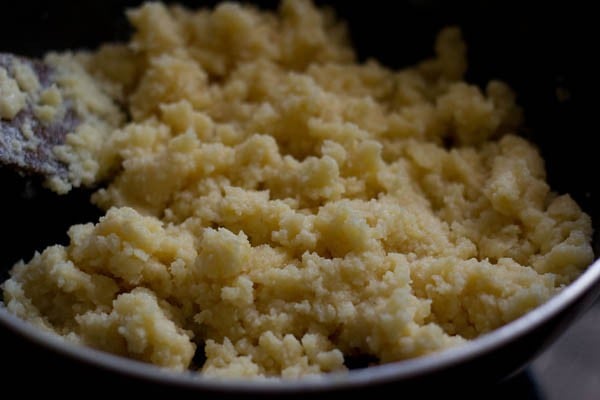
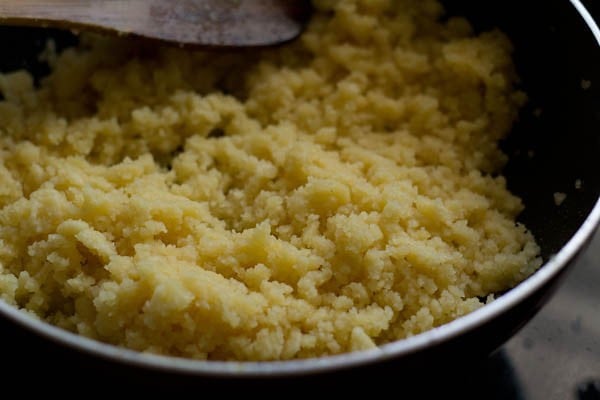
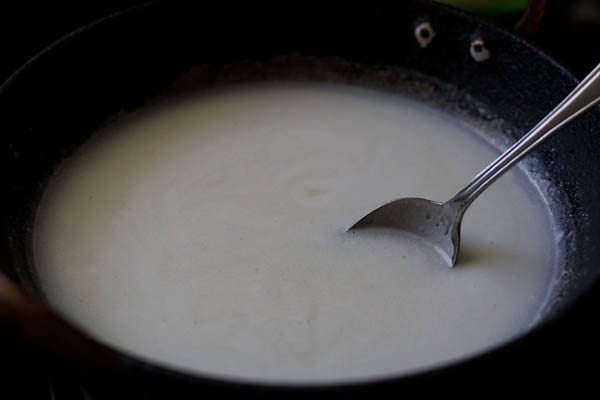
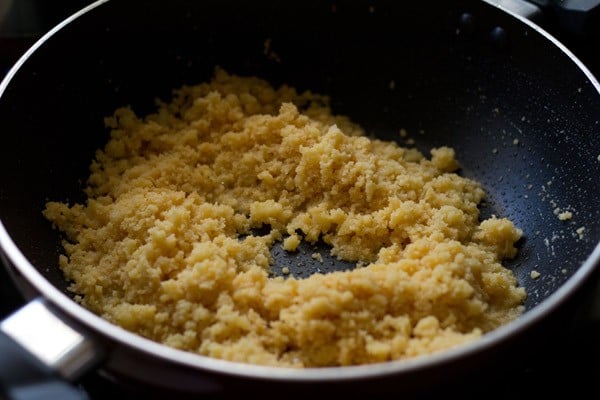

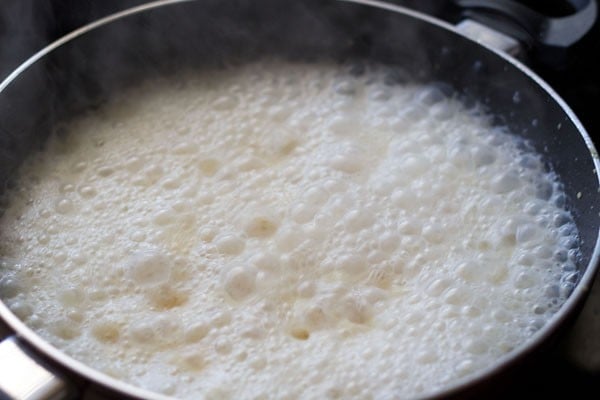
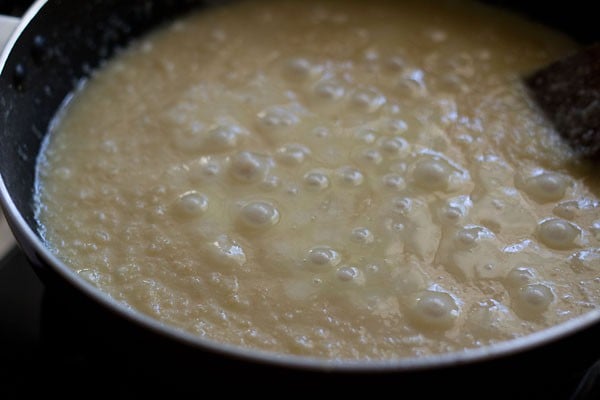
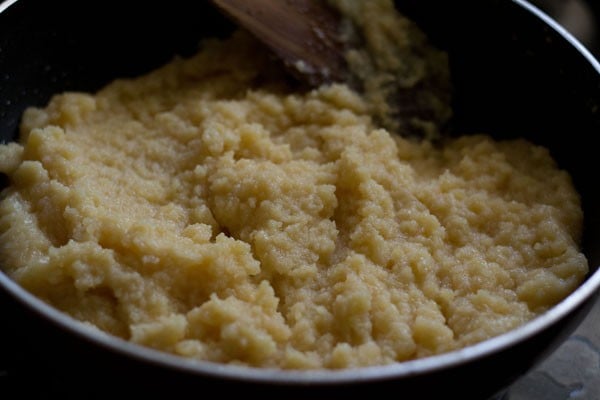
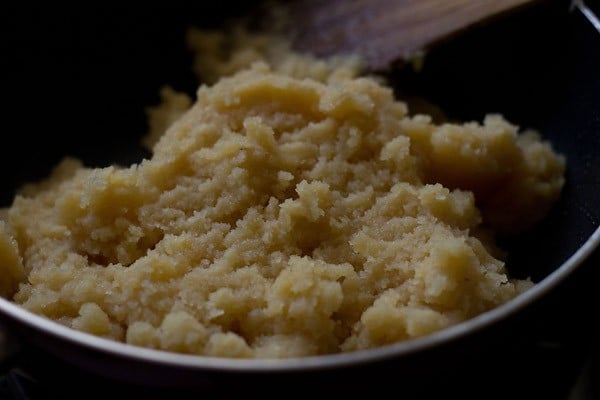


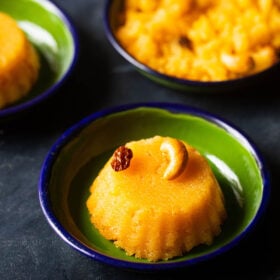
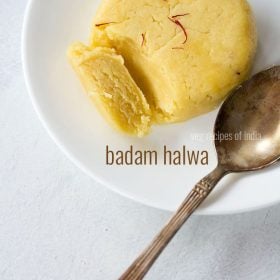
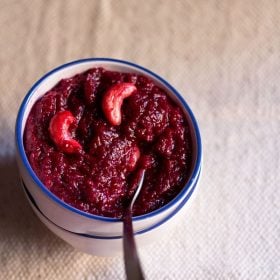
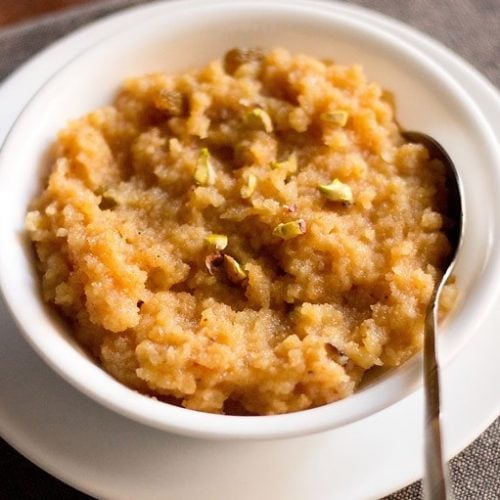
title: “Moong Dal Halwa " ShowToc: true date: “2024-10-27” author: “Irene Maynard”
About Moong Dal Halwa
The Moong Dal Halwa recipe might be a calorie laden one. But you really can’t say no to something that is so delicious, almost addictive I would say. You’ll know this once you take a bite of it. The heart will desire more and more of it. The quantity of ghee that goes in an authentic recipe of Moong Dal Halwa will also give you some stress. But don’t worry about it, as that is what makes this dish the apt choice to help you deal with the nail biting, cold winters of North India. The tastiest sweet way to bring in some warmth during that time of the year! Apart from being an essential preparation to combat the cold months, the Moong Dal Halwa recipe is also a must on the list of recipes kept for special occasions like weddings or festive celebrations like Holi and Diwali. I feel it’s quite good to have this rich preparation on the ‘festival of colors,’ as all the running and playing with colors will help burn those excessive calories too!
More On The Recipe
I knew that this is especially one of those halwa which is quite time intensive and takes a good amount of patience and energy as well. Hence, I’d been avoiding it. But I couldn’t give into that for a long time as I had to try it as well. Obviously, the entire process took a lot of time and work of the hands as I had to stir, stir, stir and stir till the Moong Dal Halwa took the final texture and consistency. One more thing that I would suggest is using a non-stick pan or a well seasoned frying pan or kadai to cook this Moong Dal Halwa recipe. Unless you want to tire yourself completely and break your back, it is better to use a non-stick kadai or a well seasoned kadai/frying pan over any unseasoned one. This makes it smooth to stir the halwa mixture as it doesn’t stick to the non-stick cooking utensil. The stirring of the Moong Dal Halwa needs to be done on a medium-low to medium heat so that the rawness of the moong lentils completely go away. While reaching to this stage, the halwa also turns pasty in the beginning. Next, starts to form lumps. Then, breaks down and gets separated as the fat releases from the sides. You must keep stirring and cooking it all the while. Moong Dal Halwa is really a delicious dessert, but definitely takes a lot of efforts. So, decide on a day when you’re low on other work or have enough time and energy, and then go ahead with the making of this yummy sweet dish.
How to make Moong Dal Halwa
Make Moong Dal Paste
- Soak 1 cup moong dal (spilt and husked yellow moong lentils) in enough water overnight or for 4 to 5 hours. I soaked the lentils overnight.
- Drain and grind the moong dal to a smooth paste with very little water. Make a thick batter like consistency and do not make it runny or watery.
Make Moong Dal Halwa
- Melt 9 to 10 tablespoons ghee (clarified butter) in a well-seasoned wok or kadai or a non-stick kadai or frying pan.
- Add the ground moong dal paste.
- Stir to mix well. When stirring and mixing the mixture in the kadai, it started sticking so much to the iron kadai. So, I shifted the mixture to a non-stick kadai. It was very easy to stir the halwa then.
- Keep stirring the moong dal mixture on medium-low to medium heat. The raw aroma of the moong lentils should go away completely before you go on to the next step. So, till then you have to stir and cook it. First the mixture is pasty. Next, it becomes lumpy. Then, it breaks down and separates with the fat releasing from the sides and looks granular. In the picture below, the mixture is at a stage where it resembles a sooji halwa, but still with the raw aroma of the moong lentils.
- While the mixture is cooking, in another pan or kadai, take 1 cup full fat whole milk, 2 cups water and 1 or 1.25 cups sugar. Keep this pan on the stovetop and stir so that the sugar dissolves. Heat this mixture till it comes to a boil.
- The moong dal mixture should separate and look golden as shown in the picture below. It will have a granular consistency. The aroma and color will change. The fat will separate.
- This is the boiling milk mixture. This is added to the well roasted moong lentils mixture.
- Pour the boiling milk mixture to the roasted moong lentils. The mixture bubbles and sizzles, so be careful while adding the hot milk mixture.
- Stir and mix very well.
- Simmer and cook, stirring often.
- The liquid should get absorbed and once again you will see the ghee getting separated. This means the halwa is finally done. Add ¼ to ⅓ teaspoon green cardamom powder, 10 to 12 chopped unsalted pistachios and 1 tablespoon golden raisins and mix before serving. It took me a total of about 1 hour to make this halwa on the stovetop. You can add your choice of nuts or dry fruits. Some options are cashews, almonds or pine nuts.
- Serve Moong Dal Halwa hot.
High On Halwa
The term ‘halwa’ comes from ‘hulw,’ an Arabic word meaning ‘sweet.’ Thus, it is believed that halwa originated in Arabia/Middle East and reached India through Persia. Traditionally, a Middle Eastern halwa recipe would have only date paste and milk. However, there’s a plethora of Indian halwa variants in the modern times that are made using different ingredients. These are eventually cooked in milk/milk solids (khoya), ghee and sugar. Whether made with fruits, vegetables, vermicelli, lentils or grains, the mouth-watering Indian halwa is absolutely a must for all dessert lovers. Halwa is a scrumptious dessert reserved for celebratory occasions too. Though simple to make, it takes some time to cook. Some very popular halwa varieties in the Indian subcontinent are this Moong Dal Halwa, Gajar Ka Halwa and Suji Ka Halwa. Unique ones from the list include Karachi Halwa, Besan Halwa, Apple Halwa, Kashi Halwa and more.
Expert Tips
Please be sure to rate the recipe in the recipe card or leave a comment below if you have made it. For more vegetarian inspirations, Sign Up for my emails or follow me on Instagram, Youtube, Facebook, Pinterest or Twitter. Wheat Halwa | Atta Halwa Kesari Recipe | Rava Kesari Badam Halwa Recipe | Rich South Indian Almond Halwa Beetroot Halwa This Moong Dal Halwa recipe post from the archives, first published on March 2014 has been republished and updated on November 2022.



















